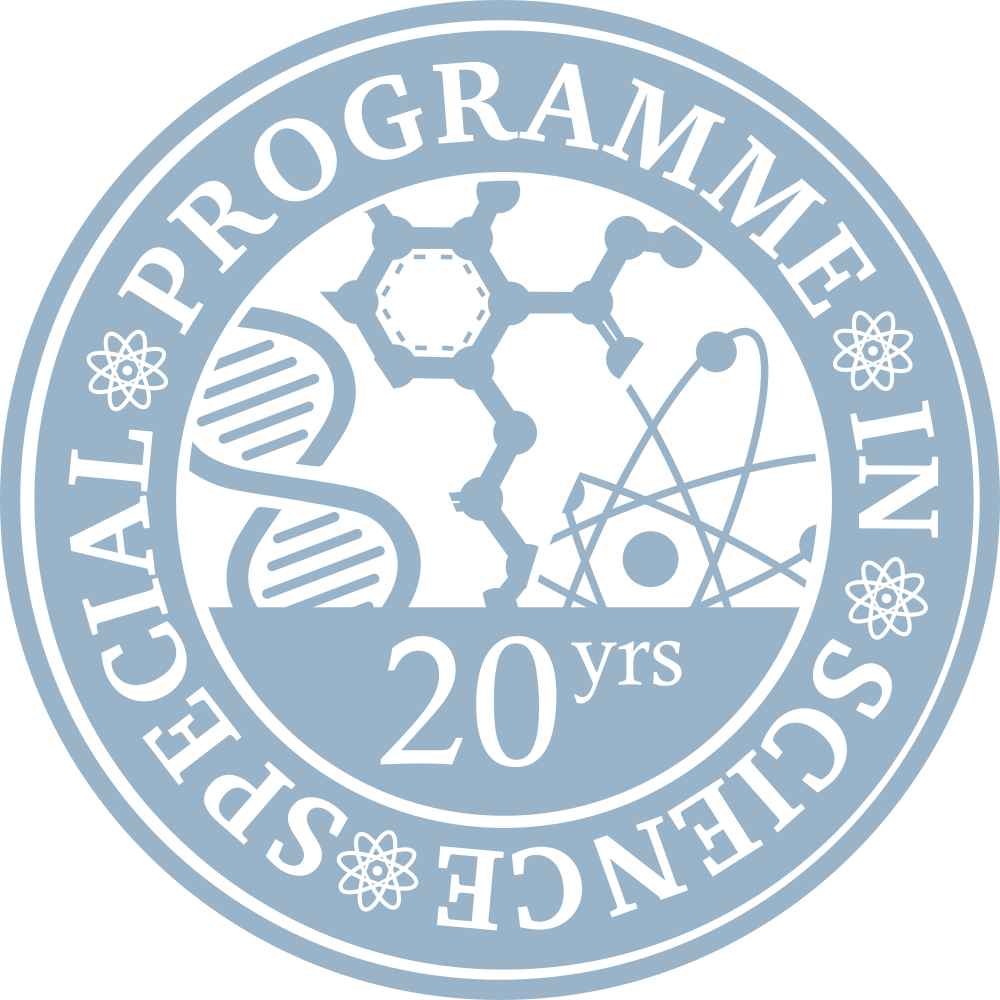#
Preamble
If I have seen further it is by standing on the shoulders of Giants.
- Isaac Newton
To study the motion of objects under the influence of forces, Newton developed a new branch of mathematics, now known as Calculus. Calculus is the study of infinitesimal changes of variables, how one change impact another. The technique turns out to be not just useful for studying motion of particles. It can be applied to study all things that change (smoothly).
There used to be a time when all Science students take a course on Calculus. This too have changed.
#
Learning Objectives
At the end of this lesson, you should be able to understand how dynamical situations can be modelled with differential equations (DEs). You will be able to solve some simple DEs analytically and numerically. The ultimate task is to solve the three-body (gravitational system) problem using Newton's laws.
#
Learning Flow
Before the lecture, you will read section 2.1 to learn about how initial conditions affects motion of objects under gravitation. Most of the lecture (in week 2) will be spent on differential equations where we will first solve a few cases by hand,(analytically) and then introduce numerical methods (which you may recall learning them in SP2273). In the tutorial (in week 3), we will move on to study the case of a 2-body system and visualise the solution with animations that you make. If we have time left, we will do the discussion questions at the end.
